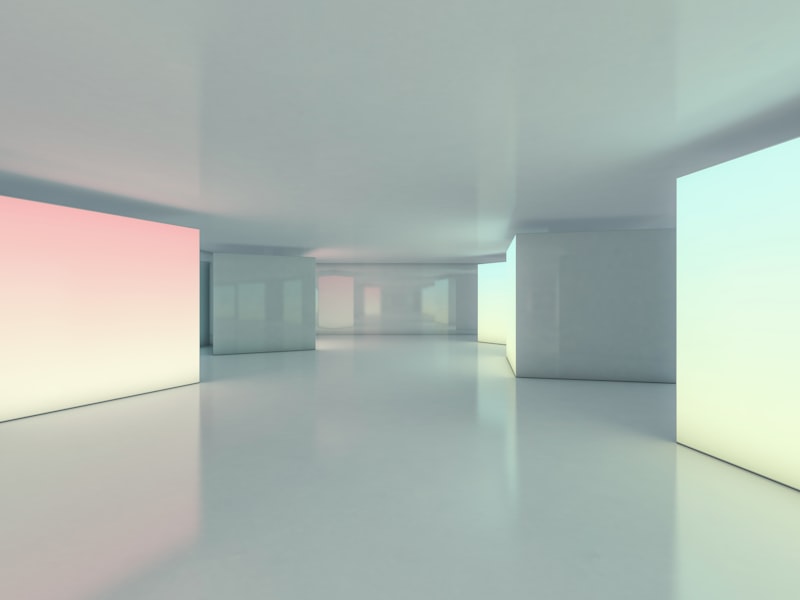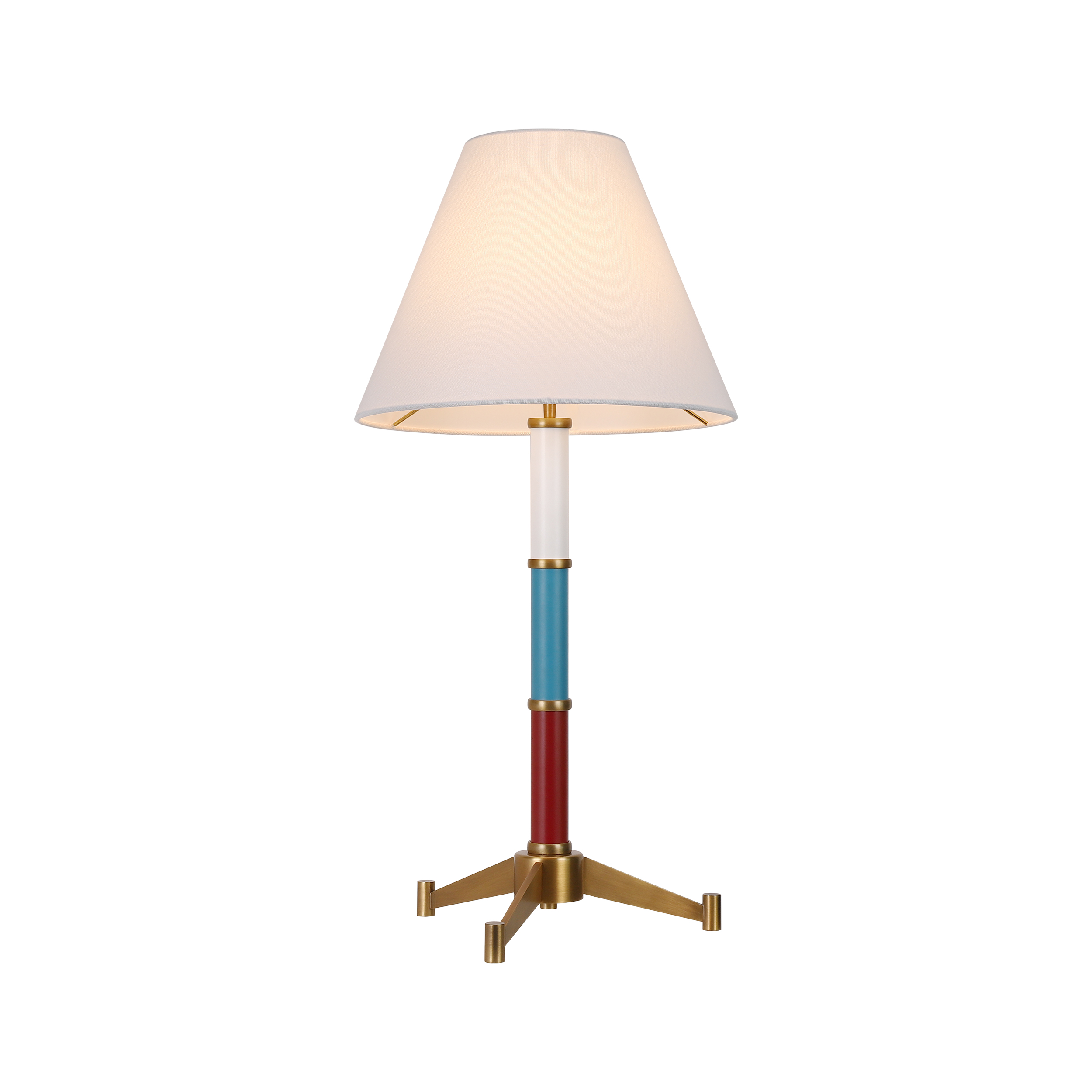Enhancing Art with Ambient Lighting: A Comprehensive Guide
Enhancing Art with Ambient Lighting: A Comprehensive Guide
Understanding Ambient Lighting for Artwork
Ambient lighting plays a crucial role in showcasing artwork, influencing how pieces are perceived by viewers. Whether you are a gallery owner or a homeowner looking to enhance your personal collection, mastering the art of ambient lighting can elevate the appreciation of artworks in profound ways. In this guide, we will explore the nuances of ambient lighting for artwork, strategies to achieve the perfect illumination, and common misconceptions surrounding this vital aspect.
The Importance of Ambient Lighting
Ambiance is about setting the mood and creating an inviting atmosphere. For artwork, the right lighting can bring out colors, textures, and details that may otherwise go unnoticed. Here are some key reasons why ambient lighting is essential for showcasing art:
- Highlighting Details: Proper lighting can emphasize intricate details, allowing viewers to appreciate the craftsmanship behind each piece.
- Color Accuracy: Ambiance can affect how colors are perceived. Natural lighting is often recommended for its authenticity, but artificial sources can also be designed to mimic natural effects.
- Creating a Mood: Ambient lighting can evoke emotions and set a specific tone, enhancing the overall viewing experience.
Choosing the Right Type of Lighting
When it comes to ambient lighting for artwork, several types of lighting can be utilized to achieve different effects:
| Type of Lighting | Description | Best Used For |
| Natural Light | The sun's light, considered the gold standard by many artists. | Indoor galleries, homes with large windows. |
| LED Lighting | Energy-efficient lights providing flexibility in color temperature. | Modern galleries, home settings where energy efficiency is key. |
| Incandescent Lights | Warm light that produces a cozy atmosphere. | Art pieces needing warmth; gives a classic feel. |
| Track Lighting | Flexible lighting solution allowing adjustments in angle and intensity. | Highlighting multiple pieces or changing exhibits. |
| Wall Washers | Evenly illuminates a wall to create a dramatic effect. | Gallery walls that feature multiple artworks. |
Key Considerations for Implementing Ambient Lighting
When designing your ambient lighting scheme, here are some critical factors to consider:
1. Distance and Positioning
Placement of lights is crucial. Ideally, lights should be positioned to minimize glare while providing enough brightness to showcase the piece effectively. Consider keeping fixtures at least 30 inches away from artworks to prevent damage.
2. Intensity and Dimming Options
Choosing lights with dimming capabilities allows you to adjust the intensity based on the time of day and the mood you want to create.
3. Color Temperature
The color temperature of light is measured in Kelvins (K). For artworks, a range of 2700K to 3000K is ideal for a warm glow, while 4000K to 5000K offers a cooler effect. Matching the color temperature to the artwork will make it shine.

Common Misconceptions About Ambient Lighting
There are several misconceptions about how ambient lighting interacts with artwork. Understanding these can help you make informed decisions:
Myth 1: All Light is Good Light
Not all lighting is created equal. Overly bright or harsh lighting can detract from the beauty of art, leading to visual fatigue. Soft, diffused lighting tends to work best.
Myth 2: Natural Light is Always Best
While natural light is often praised, it can also cause fading over time. In many cases, specially designed artificial lights can provide better color accuracy without the risk of damage.
Myth 3: Ambient Lighting is Just About Brightness
Ambient lighting is about creating an overall effect rather than providing sheer brightness. The arrangement and quality of light are just as significant as the amount of light emitted.
Best Practices for Ambient Lighting Design
To achieve the best results when illuminating artwork, consider these best practices:
- Layering Lighting: Combine multiple types of lighting (ambient, task, accent) to create depth and interest.
- Regular Maintenance: Replace and clean bulbs to ensure that the lighting remains effective.
- Consult Professionals: If you have a significant collection or high-value pieces, consider hiring a lighting designer to create a customized plan.
Conclusion
In conclusion, ambient lighting for artwork is a vital component of art presentation that should not be overlooked. By understanding the types of lighting available, key considerations for implementation, and common misconceptions, you can significantly enhance the viewing experience for any art piece. Remember to consider the distance, intensity, and color temperature of your light fixtures, and always keep in mind the long-term impact that lighting can have on your artwork. Whether you're enhancing your home or a gallery, the right ambient lighting can transform the perception of art, making it come alive. Always take time to experiment and adjust based on feedback from viewers. Ultimately, good lighting can create a captivating experience, fostering a deeper appreciation for the artistry involved.
